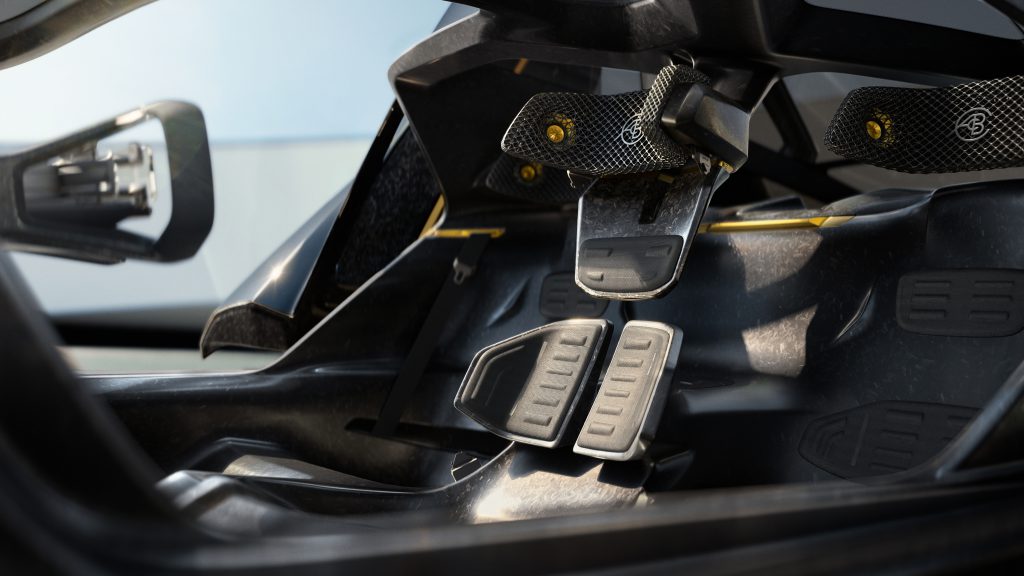Since Colin Chapman founded Lotus in 1948, the brand’s focus stayed clear: lightness and simplicity. However, as technology evolves and the electric revolution takes hold, Lotus must evolve. The Lotus Theory 1 Concept reflects this balance — maintaining the brand’s performance heritage while looking forward to an electric future.
Introducing the Lotus Theory 1 Concept
The Lotus Theory 1 marks a turning point for the British marque. With a design language blending old and new, this one-off electric supercar captures the brand’s DNA. While not for sale, the Theory 1 gives a glimpse into what Lotus has planned for future models.
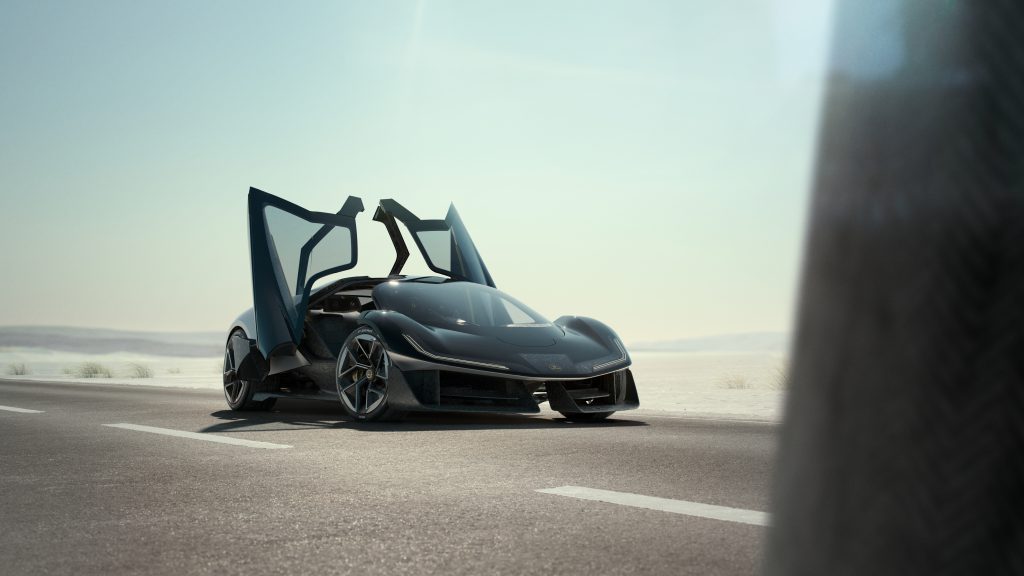
What is the Lotus Theory?
The Lotus Theory isn’t about a single car. It’s a new design philosophy guiding all future Lotus models. The theory revolves around three core principles: Digital, Natural, and Analog (DNA). These elements combine to create a driving experience balancing digital convenience with analog driving purity.
This philosophy promises to drive the development of high-performance electric vehicles while retaining the raw emotion associated with Lotus.
Performance Built for the Future
At its core, the Lotus Theory 1 embraces the future. Powered by a 70-kWh battery and multiple electric motors, this concept car delivers 986 horsepower. That power, combined with a curb weight of 3,527 lbs, pushes the Theory 1 from 0 to 60 mph in 2.5 seconds. It achieves a top speed of nearly 200 mph.
What makes this even more remarkable is the all-electric powertrain. This setup offers instant torque and performance unlike any internal combustion engine. Electric power is sent through an advanced all-wheel-drive system, allowing precise handling and grip.
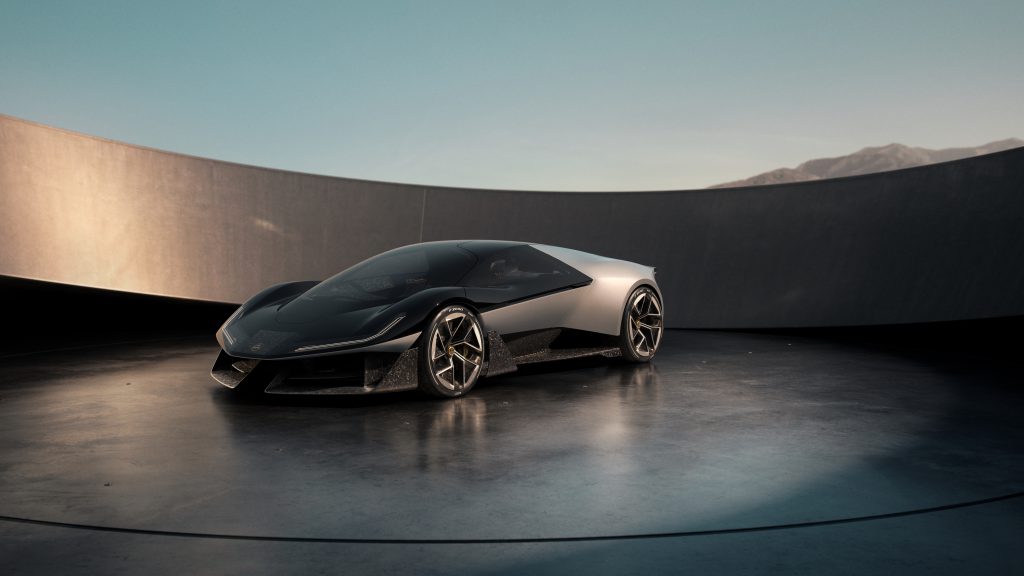
A Focus on Lightweight Construction
While electric vehicles are known for being heavy due to their batteries, Lotus manages to keep the Theory 1 light. Its construction centers around a recycled forged carbon fiber tub, keeping weight to a minimum without compromising strength. This nods to Lotus’ past obsession with weight savings.
Additionally, the bodywork uses a combination of cellulose composite and polycarbonate, both lightweight and environmentally friendly. This reduces the car’s overall weight while enhancing aerodynamics and fuel efficiency.
Sustainable Innovation in Automotive Engineering
Using sustainable materials isn’t a gimmick. Lotus explores ways to make high-performance cars more eco-friendly. The forged carbon fiber used in the chassis isn’t just light; it’s made from recycled materials. The cellulose composite used in the body panels further reduces the car’s environmental footprint.
This approach represents a new direction for Lotus. Sustainability becomes a key concern in the world of supercars, and Theory 1 shows how Lotus addresses it. As the world moves toward electric power, sustainability must become part of the conversation.
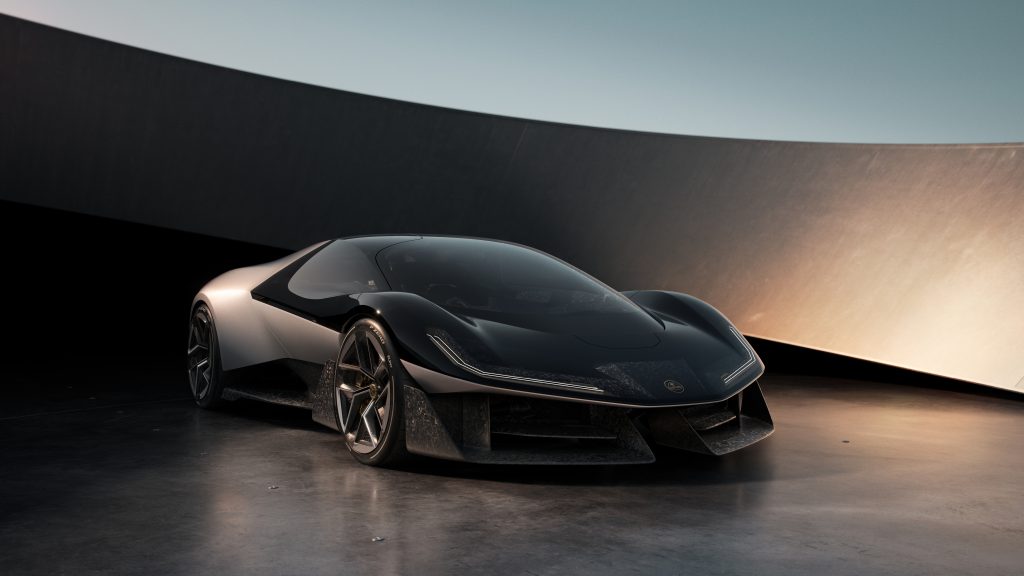
Handling Honors the Lotus Name
Despite its modern tech and all-electric drivetrain, the Theory 1 retains the driving dynamics Lotus becomes famous for. The car features a double-wishbone suspension system at both the front and rear. This ensures the Theory 1 delivers the same sharp handling and precise steering that Lotus enthusiasts expect.
A steer-by-wire system further enhances the driving experience. This allows the car to adjust steering input based on speed, driving conditions, and driver preferences. The combination of active dampers and AP Racing brakes ensures the Theory 1 handles like a dream on both track and road.
Digital Meets Analog
One of the most exciting aspects of the Theory 1 is how it merges digital and analog technologies. Lotus calls this the “best of both worlds.” The digital aspect comes in the form of driver assistance features, an advanced infotainment system, and connectivity options. Meanwhile, the analog side focuses on giving the driver full control when needed.
For example, while the car’s systems assist with braking, steering, and acceleration, the driver can disable these aids for a more involved driving experience. This balance forms what Lotus believes will define the future of performance driving.
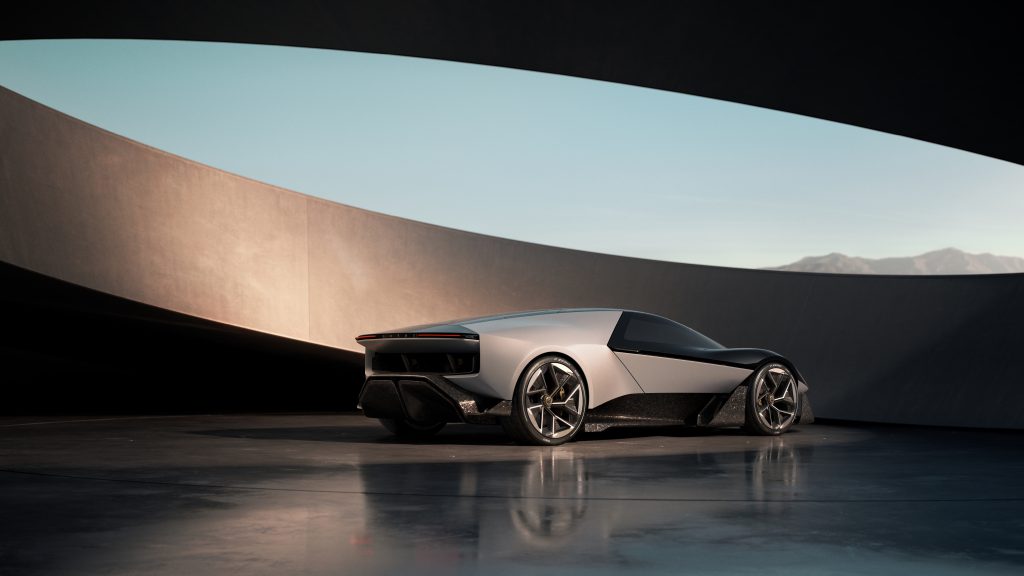
A Glimpse Into Lotus’ Future
The Lotus Theory 1 isn’t just a one-off concept. It serves as a window into the next generation of Lotus cars. The company announces plans to go fully electric by the end of the decade, and the Theory 1 offers a blueprint for future models.
The concept shows how Lotus plans to maintain its focus on performance and driving enjoyment, even as it transitions to electric power. Future Lotus supercars likely incorporate similar lightweight materials, digital-analog integration, and electric powertrains.
What’s Next for Lotus?
As Lotus transitions to an all-electric lineup, several questions arise. How will the brand maintain its identity in the EV era? Can electric supercars deliver the same thrill as their gas-powered predecessors?
The Theory 1 provides some answers. With its advanced powertrain, lightweight construction, and innovative design, it shows how Lotus stays committed to a performance-first mentality. Even as the world shifts toward electric mobility, Lotus continues prioritizing driving enjoyment and raw emotion.
Challenges still exist. Battery technology is advancing, but range anxiety remains a concern for electric supercars. While the Theory 1 boasts an impressive 250-mile range, longer-range solutions will need to evolve for future models.
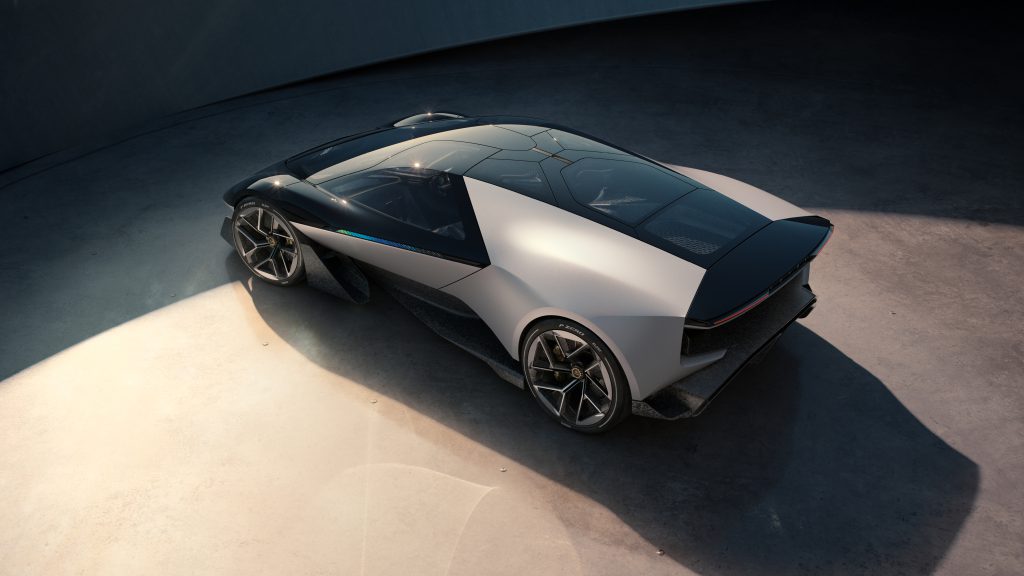
The Future of Intelligent Performance Vehicles
Lotus refers to the Theory 1 as a glimpse into the future of intelligent performance vehicles. The concept combines AI-driven features with the raw performance associated with the brand. For instance, the car’s all-wheel-drive system adjusts torque distribution in real-time, enhancing cornering stability and traction.
Similarly, the car’s active dampers and steer-by-wire system use sensors and algorithms to provide the best possible driving experience. These systems work together to deliver an intelligent performance adapting to the road and driver’s preferences.
The Lotus Theory 1 and Its Legacy
In many ways, the Theory 1 pays homage to the legacy of Lotus. The brand’s founder, Colin Chapman, famously said, “Simplify, then add lightness.” While the Theory 1 isn’t simple, it carries forward the brand’s obsession with lightweight design.
The concept reflects how Lotus remains a brand focused on innovation. From its use of aerodynamics in the 1960s to its modern approach to electric performance, Lotus pushes boundaries.
With the Theory 1, Lotus proves readiness to embrace the future while keeping one foot firmly planted in its past. The car’s lightweight construction, sustainable materials, and advanced technology point to a future where Lotus will lead performance-driven innovation.
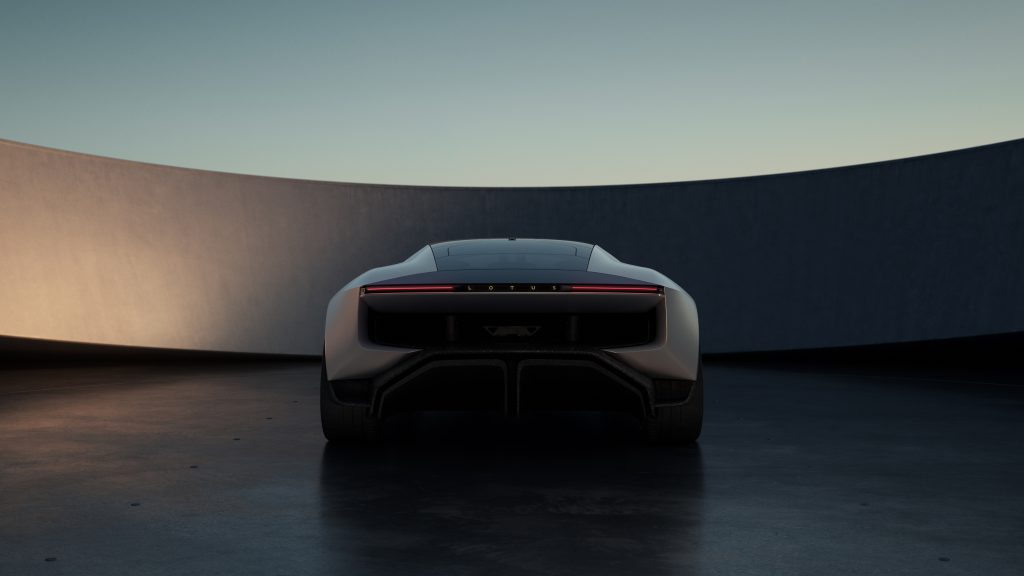
Final Thoughts
The Lotus Theory 1 concept car is a clear statement about the brand’s future direction. With its blend of lightweight materials, sustainable innovation, and intelligent technology, it provides a glimpse into the next era of Lotus supercars.
Though the Theory 1 exists as a one-off concept, it sets the stage for what’s to come. As Lotus continues evolving and innovating, the principles behind the Theory 1 will shape the future of the brand’s electric lineup.
In an era where many manufacturers shift focus, Lotus stays true to its roots — but with an eye firmly on the horizon.
